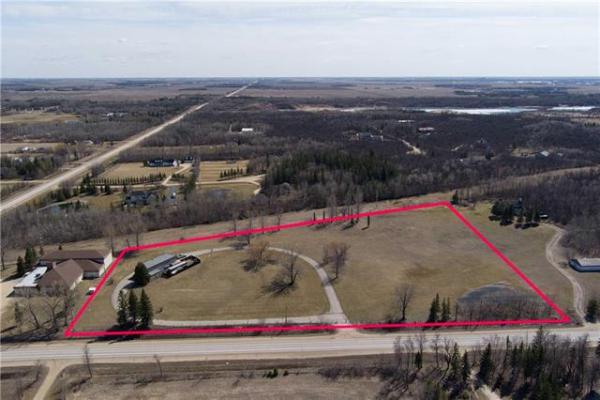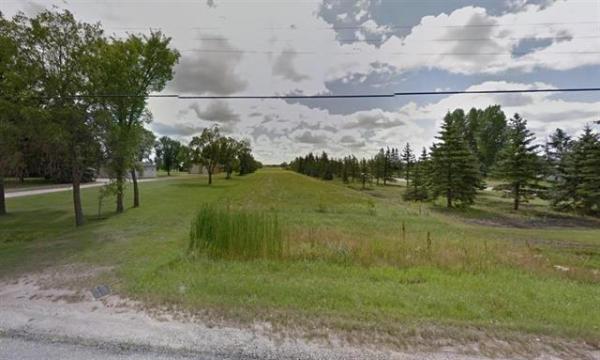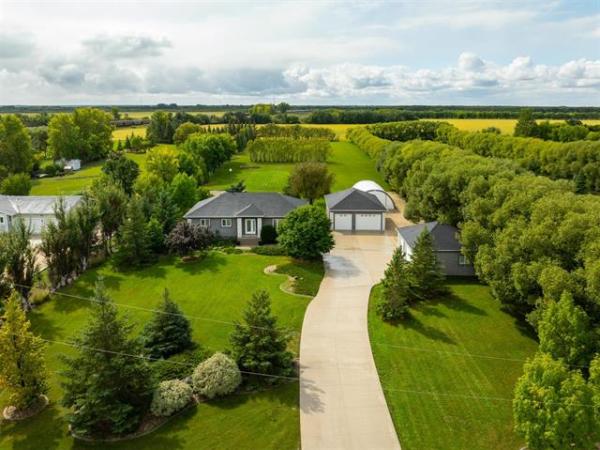QUESTION: I'm moving into a new house in a new Winnipeg subdivision and I see many homeowners are now putting gravel at the sides of their houses. Is that something you would recommend? I'm wondering if it would interfere with drainage.
Generally it seems they put down the black cover to prevent weeds and then apply gravel or similar stone out about two feet or so. If my neighbour does it and I don't, will that cause more runoff into the side of my house? Thanks. Bob Mick
ANSWER: You have identified a concern that many people with newly built homes share. There are often complaints with this issue, but most have to do with drainage of sump-pump extension hoses. Your question about using stone or other landscaping materials to cover the soil in this area is an excellent one, which often comes up during inspections on newer homes.
Because current homes are often built so close together, there is limited space in the side yards for good drainage. To combat this problem and to allow for significant soil settlement after backfilling, builders will normally exaggerate the slope needed for proper drainage.
While this often creates a terrific swale to channel the water to the front street, it can create problems if only one neighbour attempts to maintain the steep grade. While it's important to have a moderate slope away from the foundation, trying to get back to the original soil height after a few years may be unnecessary.
Using river stone, crushed stone or other granular fill to cover the surface of the soil between homes is not ideal, but may often be the most practical solution to a difficult situation. This material does not restrict excess moisture from entering the soil beneath and can actually prevent quick drying of the surface soil after precipitation.
The reason the soil in this area is sloped away from the home is to try to channel excess moisture away from the foundation, toward the storm sewers on the front street or the large area of soil in the yard behind or in front of the home. Dumping and packing down clay-based soil in this area will help accomplish that goal, because it has limited ability to absorb water. Once saturated, most of the water will remain on the surface, running down any pitched area to the bottom. If there is granular material on top of this clay, it allows excess water to penetrate to the soil beneath and may prevent easy drainage.
Furthermore, the surface of the soil in the yard should be allowed to easily dry after getting wet to prevent further erosion and to reduce hydrostatic pressure on the foundation. Having a porous surface-covering such as stone may collect debris that will hold the moisture, preventing drying. The rock covering and the landscape fabric below can also keep direct sunlight from hitting the surface soil, further preventing drying. While this moisture-retentive property can be an advantage on hot summer days, it may be detrimental in the shoulder seasons, when we receive a lot of precipitation.
The ideal item to try to maintain in this area is a good cover of grass or other low vegetation. Grass helps to hold the soil together, preventing erosion, and can quickly help the soil dry after heavy rains by absorbing excess moisture for growth.
However, it can be very difficult to grow decent grass in the areas between new homes because of the lack of sunlight. With two-storey homes, the small side yards can remain shaded for large parts of the day, even on the south side. North-side yards can be especially difficult as they may receive no direct sunlight at all.
Compounding this issue is the fact that many homeowners direct their sump-pump extension hoses into the bottom of the swale in this area, often creating over-saturated soil and puddles. If this hose is not frequently moved around during and after heavy rains, the excess water can drown any vegetation trying to take hold. While grass or other low vegetation is ideal for this area, it may be tricky to keep it in good condition.
If you're contemplating using river stone or other granular fill for the purpose discussed, you should ensure one item is always included. Landscape fabric is very important to initially prevent weeds growing up through the stones. While the weed-barrier properties are only good until airborne seeds and debris fill the voids between the stones, I like this synthetic textile for another reason: It allows for easier removal of the surface stone to add additional soil in this area when regrading is needed. If there is no fabric, the stones may easily become driven into the soil and can be very hard to remove.
To sum up, using small stones for a surface covering on the soil adjacent to the foundation on your home may be fine. While it's not optimal, this may be an easy-to-maintain solution for a difficult area. The only thing to remember is that while this material may be easier to take care of than grass, it still requires periodic maintenance to ensure proper drainage beside your home.
Ari Marantz is the owner of Trained Eye Home Inspection Ltd. and the president of the Canadian Association of Home & Property Inspectors -- Manitoba (www.cahpi.mb.ca). Questions can be emailed to the address below. Ari can be reached at 204-291-5358 or check out his website at www.trainedeye.ca .
trainedeye@iname.com



